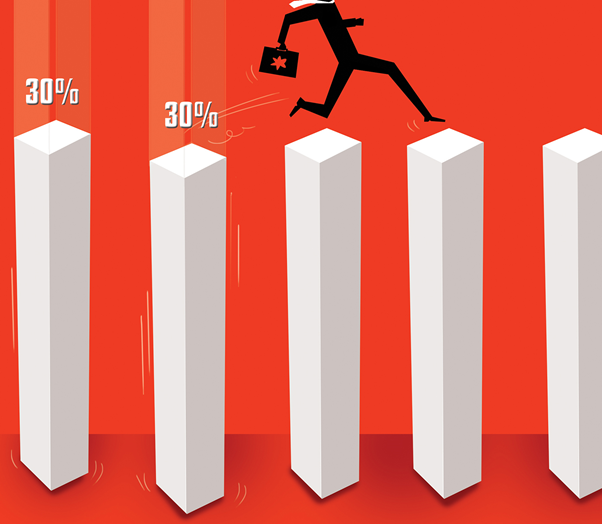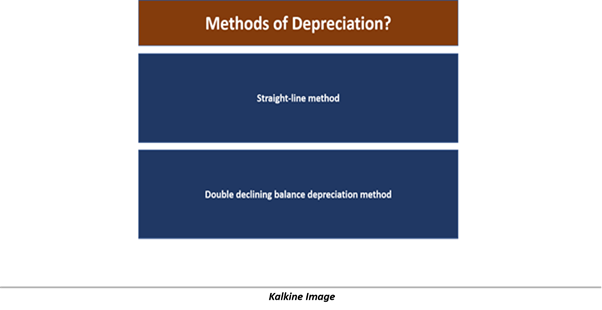What is an impairment?
Impairment is accounting write off of a company’s asset, which can be an intangible asset as well as a fixed asset. An impairment loss is incurred when the fair value of the asset is lower than the carrying value in the balance sheet.
Alternatively, impairment charges can be incurred when the recoverable value of the asset is lower than the book value. Impairment charges are recorded in the income statement of the company as an expense.

Image Source: © Kalkine Group 2020
A widespread economic crisis is followed by a recession, which usually impacts the value of assets held by a company. Such events force companies to test the value of assets in the balance sheet, and this often leads to an impairment charge.
IFRS accounting standards ensure that a company’s carrying value of assets depicts a value which is not in excess of the recoverable amount.
Why are impairments charged by companies?
As per the accounting rules, a business is often measured by its book value of assets. Specifically, the assets of the company carry the capability to generate future cash flows for the firm.
When the ability of an asset to deliver expected future returns is hampered, the value of assets is decreased. Therefore, it becomes an ethical responsibility of the companies to show a fair picture of the assets.
Goodwill generated at the time of business combination is required to be tested for impairments annually. Companies are required to assess any indication that could cause a potential devaluation to the asset.
When a company is holding intangible assets with an indefinite life, they are required to test the assets for impairments annually.
Cash generating units are often valued on the discounted value of future cash flows. Consequently, when market interest rates are rising, it impacts the discount rate used in estimating the recoverable amount.
Assets can be impaired because of other reasons as well. Suppose the plant and machinery of the company were damaged due to earthquake, it would result in a reduction in the value of an asset or even full write-off of the asset.

Image Source: © Kalkine Group 2020
Companies often avail consulting services to improve the performance of the business. Consultants may advise companies to shut down operations at any plant, which could result in the sale of the asset at a consideration lower than carrying value.
Oftentimes, internal reporting of the companies indicate that the performance of the asset may not yield expected benefit. This would force the management to undertake impairment testing for the asset.
Impairment vs amortisation
Amortisation is a systematic decrease in the value of an intangible asset. Amortisation of intangible assets is a process of capitalising the expense incurred on the acquisition of the asset, and then periodically recording the expense on the income statement.
Impairment, on the other hand, is an irreversible decrease in the value of the asset, which is shown as an expense in the income statement. It is charged when the recoverable amount from the asset is lower than the carrying value of the asset.
Impairment vs depreciation
Depreciation is a periodic devaluation of fixed assets. It is undertaken by the companies to account for the wear and tear caused to the asset during its useful life. When a firm seeks to sell an existing asset, the buyer of the asset will deduct the depreciation from the cost of the asset before adding any premium or discount to the value for arriving at the purchase price.

Impairment on fixed assets could be related to an unusual fall in the fair value of the asset. For instance, the fair value of the machinery could be impacted significantly when a new and more efficient machine is available in the market. Similarly, an earthquake or fire can also devalue the value of the fixed asset in the balance sheet.
Reversal of impairment loss
Under the reversal of impairment loss, the approach used to determine reversal is similar to the approach used in identifying the impairment loss. Reversal of impairment loss cannot be undertaken for goodwill, and it is prohibited.
Companies assess whether any impairment loss recognised in the prior periods may no longer exist or have decreased. Impairment losses can only be reversed when the estimates used in determining recoverable amount are changed.
Individual asset
Previously incurred impaired individual asset can be reversed only when the estimates used in calculating the recoverable amount have changed. For instance, the changes in market interest rates could impact the discount rates used in calculating the recoverable amount.
Unless the reversal relates to a revalued asset, the reversal of impairment loss is recognised in the income statement. The revalued asset should not be more than depreciated historical cost without impairment.
Cash generating unit
In a cash-generating unit, the reversal of impairment loss is allocated on a pro-rata basis with the carrying amounts of the assets. The carrying value of an asset must not be increased above the lower of:
- recoverable amount and
- carrying amount should have been determined without any prior impairment loss, net of amortisation and depreciation.
 Please wait processing your request...
Please wait processing your request...